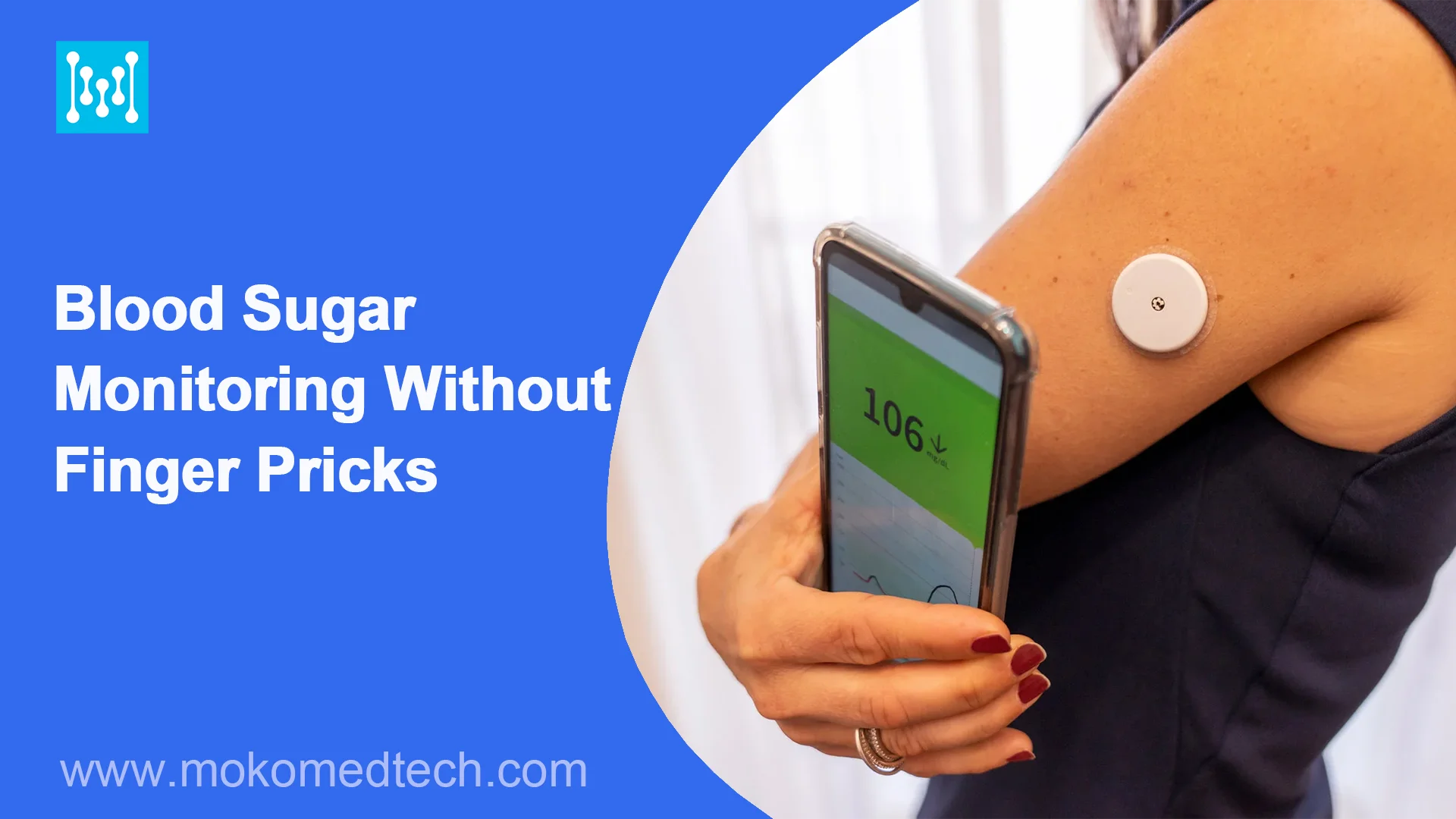Women’s Health Tracking Through Femtech: Empowering Women’s Well-being
In the field of women’s health, a new frontier has emerged: Femtech. With women taking charge of their well-being and seeking greater control over their bodies, Femtech has become the beacon guiding them toward personalized health solutions.
Femtech encompasses a vast array of innovative digital tools, apps, and wearable devices designed specifically to address women’s health needs. From tracking menstrual cycles to managing fertility, supporting pregnancies to navigating menopause, Femtech empowers women worldwide, providing valuable insights and customized approaches to their health.
Through Femtech, women now have the opportunity to learn, monitor, and manage their bodies like never before. The days of relying on outdated calendars and guesswork to track menstrual cycles are over. Intuitive apps provide accurate predictions of upcoming periods while also offering a comprehensive understanding of hormonal fluctuations, physical symptoms, and emotional patterns.
The impact of Femtech extends far beyond menstruation and fertility. It supports women throughout different stages of life, becoming a reliable ally. For expectant mothers, pregnancy tracking apps offer an abundance of resources, including week-by-week development updates, dietary recommendations, exercise guidelines, and personalized medical advice. This technology promotes empowerment and facilitates informed decision-making, resulting in healthier pregnancy experiences.
As women age, Femtech continues to play a crucial role, assisting them through the transitional phase of menopause. Menopause tracking apps allow women to monitor symptoms such as hot flashes, sleep disturbances, and mood changes, helping them understand and manage their physiological transformations. With tailored recommendations ranging from lifestyle adjustments to hormone therapy insights, Femtech empowers women to navigate this stage of life with ease and confidence.
Examples of Femtech applications and their impact on women’s health
1. Preconception and Pregnancy Monitoring
Monitoring devices such as ovulation tests, hormone detectors, and fetal heart rate monitors play a crucial role in helping women track their ovulation cycles, determine the optimal time for conception, and monitor the health of the fetus during pregnancy. These devices provide valuable information for women planning to conceive or are already pregnant, allowing them to make informed decisions and seek appropriate medical care.

2. Menstrual Cycle Tracking
Smart bracelets, mobile applications, and other monitoring devices enable women to track their menstrual cycles, and record menstruation duration, ovulation dates, and other physiological indicators. This information is valuable for reproductive health, fertility awareness, family planning, and contraception.
3. Breast Health Monitoring
Monitoring devices such as mammography (breast X-ray) and breast ultrasound are used for early detection of breast cancer and monitoring breast health. These devices help women monitor changes in breast tissue, detect abnormalities, and seek timely medical intervention if necessary. Regular breast self-examinations can also be facilitated with the help of monitoring devices.

4. Postpartum Recovery Monitoring
Postpartum monitoring devices assist women in tracking the progress of uterine contractions, wound healing, milk secretion, and weight recovery after childbirth. These devices provide important information about the recovery process, allowing women to understand their body’s changes, identify potential issues, and seek appropriate postpartum care and support.
5. Ovulation and Fertility Tracking
Besides ovulation tests, there are monitoring devices like fertility monitors and wearable sensors that track various physiological parameters such as basal body temperature, cervical mucus, and hormone levels. These devices provide women with detailed insights into their fertility status, helping them plan or prevent pregnancy effectively.
6. Pelvic Floor Health Monitoring
Monitoring devices such as pelvic floor exercisers and biofeedback devices are used to assess and monitor the strength and functionality of the pelvic floor muscles. These devices help women improve pelvic floor health, prevent and manage conditions like urinary incontinence, and aid in postpartum recovery.
7. Hormone and Menopause Monitoring
Devices like hormone testing kits and hormone level trackers help women monitor their hormone levels, particularly during menopause or when managing hormonal imbalances. These devices offer insights into hormone fluctuations and enable women to make informed decisions regarding their health and well-being.
8. Women’s Fitness and Exercise Monitoring
Smartwatches, smart fitness equipment, and other monitoring devices are employed to track women’s physical activities, heart rate, sleep quality, and other health-related data. By monitoring these parameters, women can gain insights into their body’s responses to exercise, optimize their workout routines, and improve their overall health and fitness levels.

9. Sexual Health Monitoring
Monitoring devices can be utilized to track sexual health parameters such as sexual activity, arousal levels, and lubrication. They can provide valuable information to women and their healthcare providers, assisting in diagnosing and managing sexual health issues.
10. Maternal and Neonatal Health Monitoring
Advanced monitoring devices are used during pregnancy and childbirth to monitor maternal and fetal well-being. These devices include electronic fetal monitors, maternal vital sign monitors, and wearable sensors that track maternal and fetal parameters, ensuring the safety and health of both mother and baby.
11. Sleep Monitoring
Sleep trackers and wearable devices can monitor sleep patterns, quality, and disruptions, providing women with insights into their sleep hygiene. This information can be crucial in managing sleep disorders, improving sleep habits, and optimizing overall health.
12. Skin Health Monitoring
Monitoring devices like smart skin patches and imaging technologies can assess and monitor skin health, including factors such as hydration levels, UV exposure, and signs of aging. These devices aid women in maintaining healthy skin and detecting potential skin issues early on.
13. Mental Health Monitoring
Wearable devices and mobile applications equipped with sensors can monitor heart rate variability, stress levels, and activity patterns, providing insights into women’s mental well-being. This information can be valuable in managing stress, anxiety, and other mental health conditions.
Conclusion
While Femtech holds immense promise, it is vital to address the challenges that accompany its growth. Privacy concerns, data security, and the need for regulatory oversight must be prioritized to ensure the responsible development and usage of these technologies. Additionally, accessibility and inclusivity should be central to Femtech innovation, ensuring that women from diverse backgrounds, including those in underserved communities, can benefit from these advancements.
Women’s health tracking through Femtech embarks on a remarkable journey, intertwining technology, healthcare, and female empowerment. By harnessing digital tools, women gain knowledge and agency to make informed decisions about their bodies and overall well-being. As we delve deeper into this rapidly expanding field, it is crucial to celebrate the progress made thus far while remaining committed to overcoming the challenges that lie ahead. Together, we can shape a future where women’s health truly rests in their own hands.












